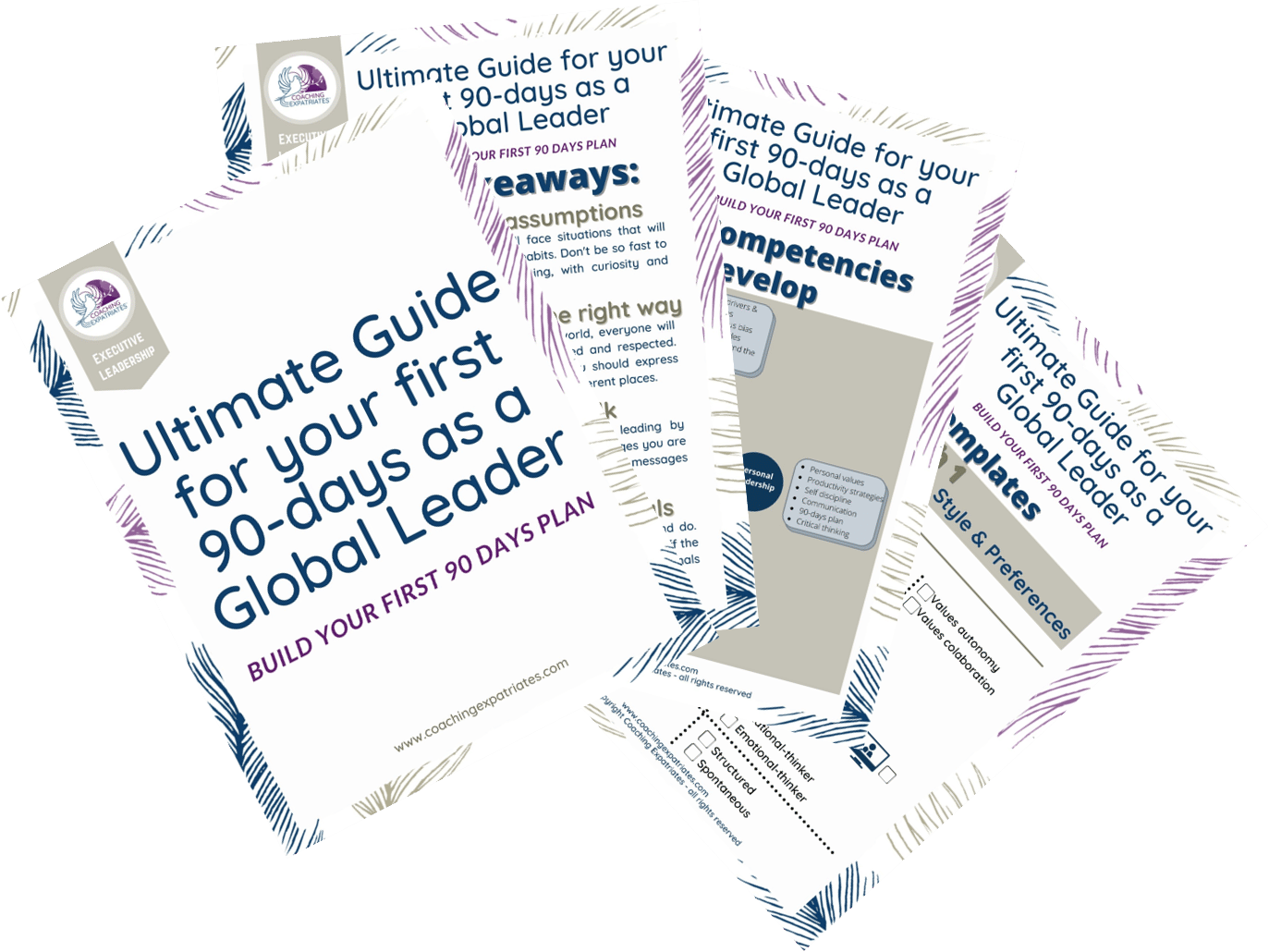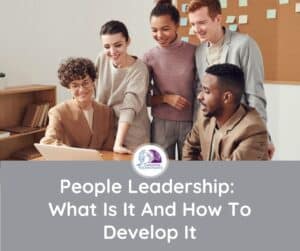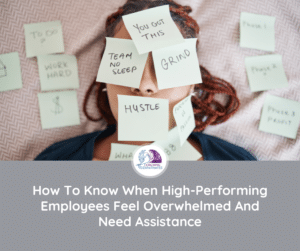Learning & Development has always been an important department in global organizations. They know that L&D plays a role in talent development, succession plan, effective onboarding, talent retention, effective global leadership training, and overall employee performance.
And it is also well known that employees don’t leave companies; they leave managers. Sadly, many managers are not prepared — and do not have global leadership training — to go beyond their functional jobs and deliver on their full potential as a global leader.
That is why equipping managers with both the right hard and soft skills to ensure team engagement and high performance is a critical aspect of any company’s growth & success planning.
According to a recent Gallup research, 70% of team engagement depends on the manager’s leadership. Those with global leadership training scored higher in employee satisfaction compared to those who didn’t have any basic global leadership training.
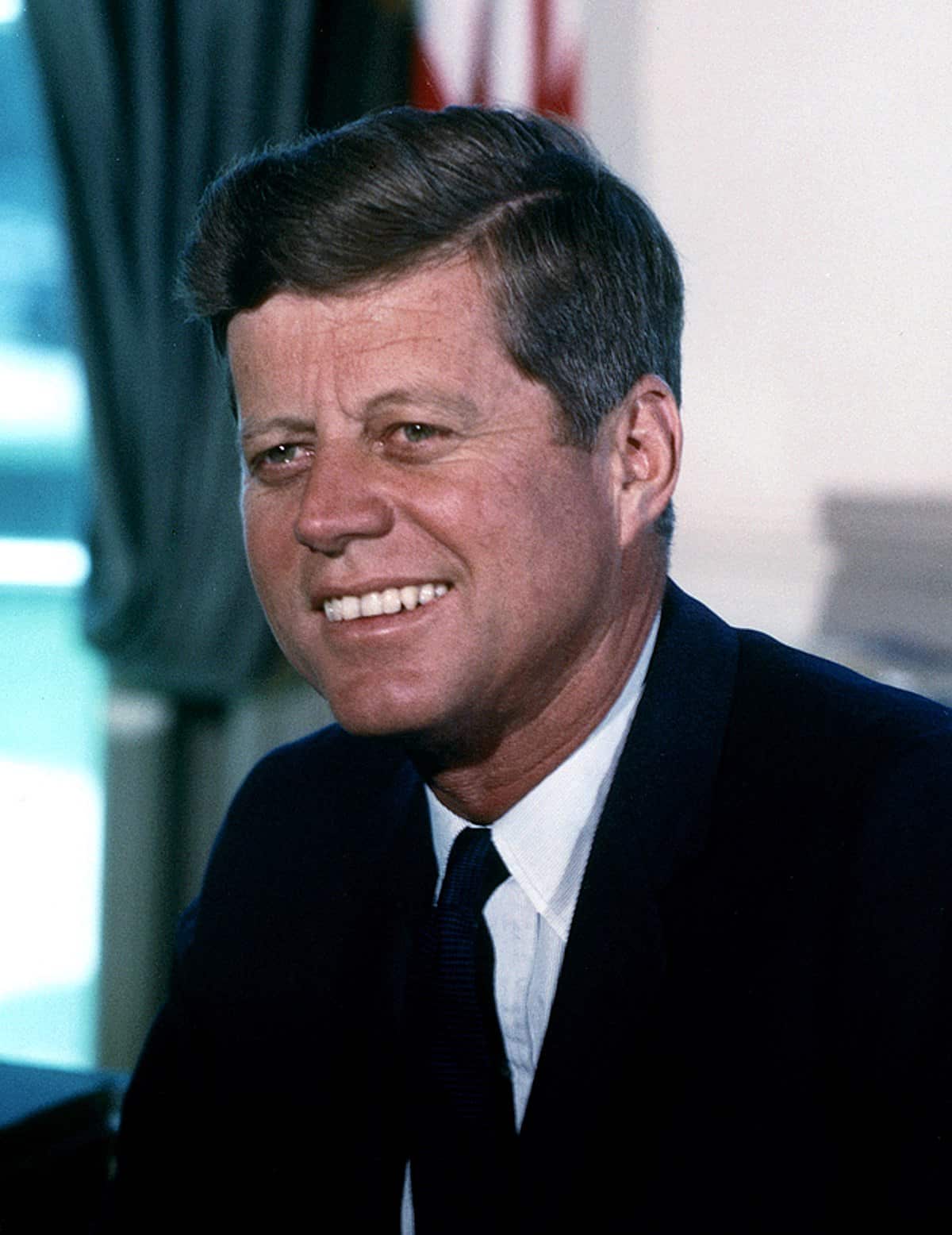
If companies want to see teams performing at their full potential, L&D’s top priority is to start by providing global leadership training for managers and above. But ultimately, to the entire workforce.
Companies that provide this type of executive training to their leadership see 27% more in revenue per employee. Research also shows that turnovers are lower and engagement levels are higher.
It is undeniable, though, that L&D has an increasing challenge in today’s work environment. Leaders today – more than ever – are leading remotely, very much like global leaders lead teams remotely around the world.
On top of that, because DE&I (Diversity, Equity & Inclusion) has become an important theme, more and more talent is being hired from diverse backgrounds. The skillset required to lead in this environment is a bit different from before.
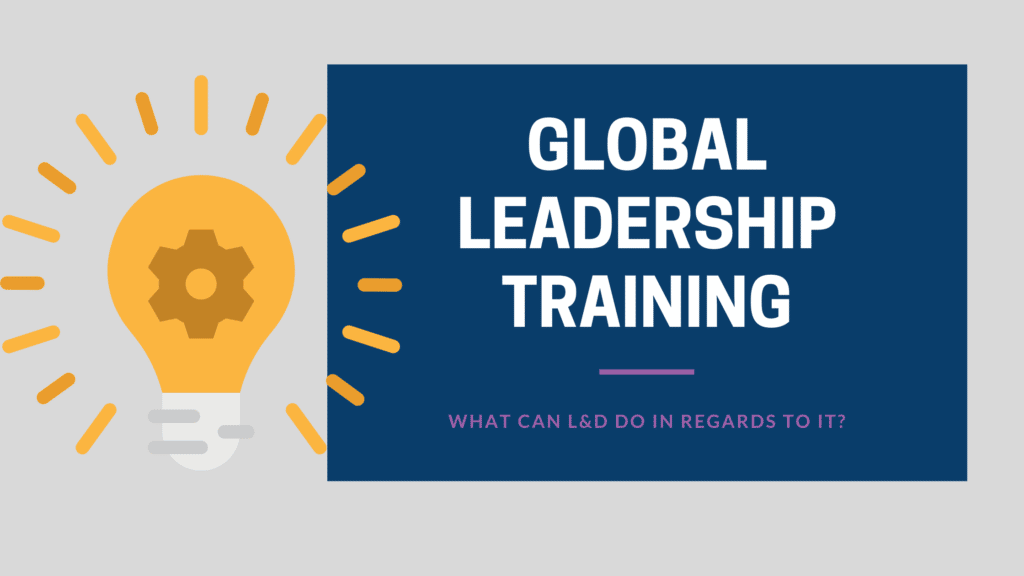
What Can L&D Do In Regards To Global Leadership Training?
Whether Learning & Development department exists within a company or is hired externally to perform this job, their main objective is to design and develop learning programs for an organization based on each department or team’s needs.
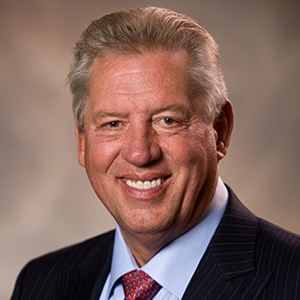
They build and/or coordinate programs that enhance employees’ capabilities through continued education, skill training, and specific short-term assignments. This is all packaged in a global leadership training program that can skyrocket performance and engagement.
In other words, L&D creates the right programs to transform a regular manager or executive into a superstar leader.
Although some companies don’t have their own L&D department, smart companies never lack them. They hire external companies & resources, like Coaching Expatriates®, to build and coordinate the programs for them.
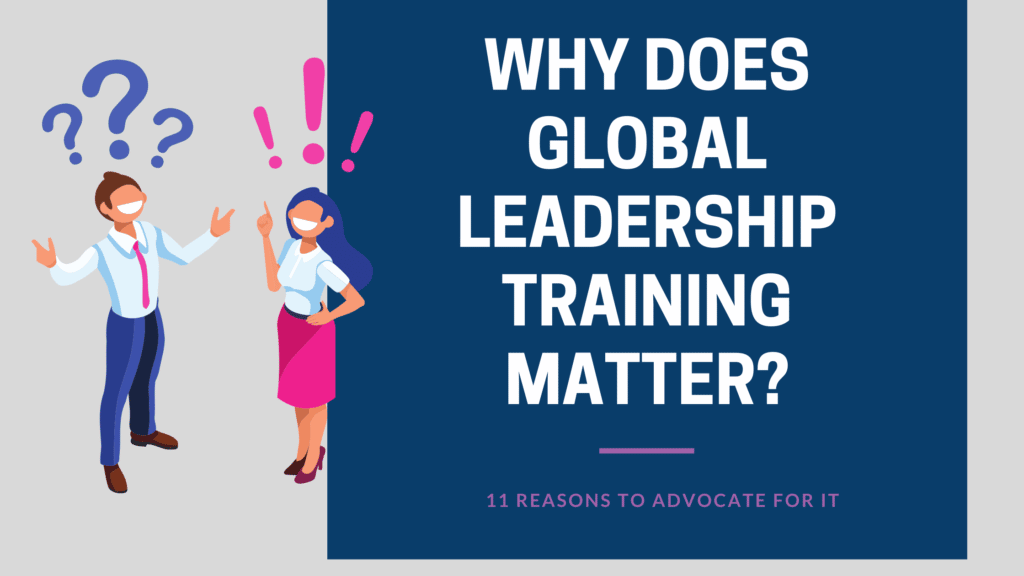
Why Does Global Leadership Training Matter?
No matter who does it, the importance of global leadership training is that programs like this do exist to foster and develop internal global talents. This can be important for many reasons:
- Improves individual performances
- Improves team performance
- Ensures reliable leadership and direction
- Retains talent and prevents loss of knowledge and processes
- Reduces turnover and recruiting costs
- Roadmaps and prepares the pipeline in the succession plan
- Improves work environment and drive the right culture
- Promotes and engages employees in the company’s culture and values
- Provides enhanced growth opportunities to employees
- Generates a workforce of top talents, instead of just several individual superstars
- Fast-tracks employees onboarding, transitioning, and adaptation

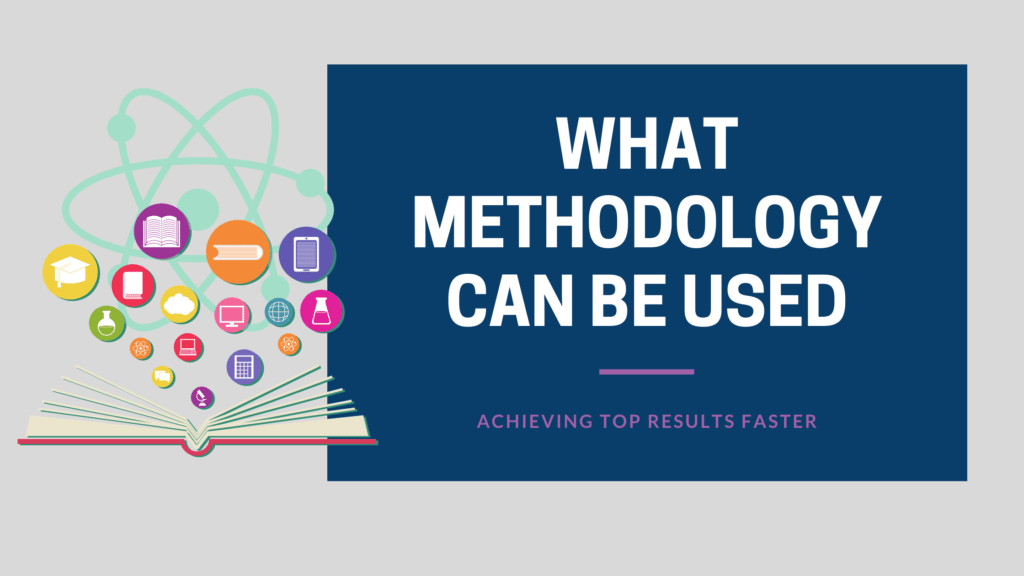
What Methodology Can Be Used To Achieve These Results?
To help managers and high executives build strong leadership habits, we put together 6 recommendations that can be customized based on their learning journey and work experience. Ultimately and preferably, global leaders should tap into all 6.
1. Learn Global Leadership Essential Skills
Recently we shared a detailed post on the 4 success pillars of global leadership and we outlined the 4 competencies global leaders need to develop and all the skills beneath each competency. You can read the detailed guide here.
The summarized version is that, no matter how deep you want to go into the rabbit hole of improving, you have first to develop 4 core competencies in global leadership:
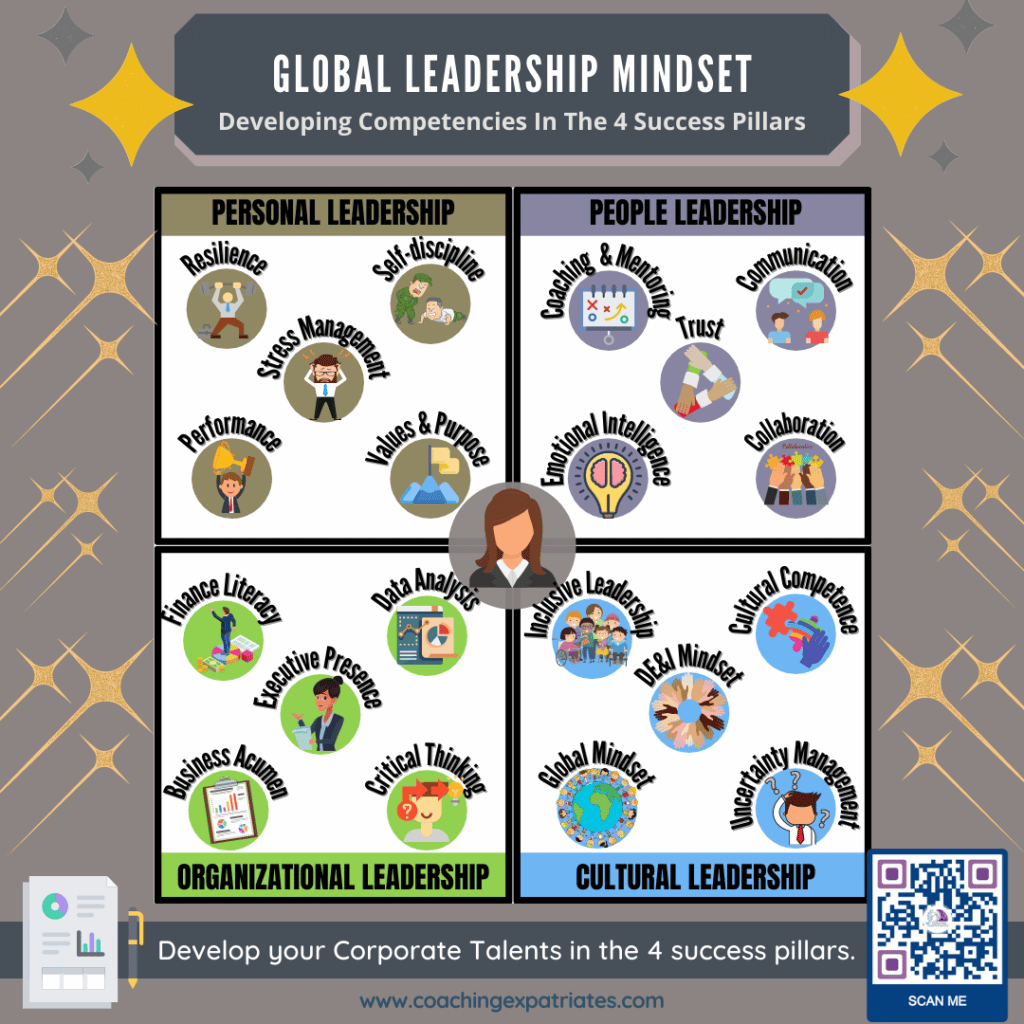
- Personal Leadership, that leads self
- People Leadership, that leads relations
- Organizational Leadership, that leads ideas
- Cultural Leadership, that leads behavior
Watch the video for a quick overview on the 4 success pillars of global leadership:
2. Map & Close Gaps
For optimal performance, every single global leader on the planet should take some time to identify their own gaps in learning, experiences, and connections. And, of course, close them as fast as they can.
Closing gaps can be done with a well-rounded global leadership training program. But mapping the gaps is a bit harder than most people think.
The lack of a proven methodology and the proper specialized support are often significant roadblocks for most managers and executives to identify their gaps clearly. What happens in these cases is that they create a bony version of a growth plan and end up not even acting on it since they know it’s unreliable.
So they go with the flow, or they go with what they were told in their last performance evaluation, instead of taking their careers and development into their own hands. And it all comes from the lack of a solid but simple template or methodology.
This is why Coaching Expatriates® developed the Global Leadership Blueprint Program, which helps corporate individuals go through a step-by-step process in identifying, mapping, and putting together a growth plan to close the gaps to achieve their dream careers and higher performance.
Do you specifically need our program to attain success? Well, being the ambassador and creator of this program, something that I did with all my heart, of course, I would say yes.
But truth be told, what every executive really needs is to create time, space and effort to go deep, and identify, map and build a plan to close their gaps. The difference to our program is that we will fast-track your progress ten-fold because we have a proven methodology, that’s all. But every company, start-up, employee can DIY (do it yourself) through trial and error. It will take longer, and you’ll require higher resilience, but it’s totally doable.
3. Apply What You Learned
When I was in school, I learned both English and German as a second language. When I graduated from high school, I had over 10 years of study in each of these additional languages. After school, I continued applying my knowledge, in various forms, for the English language, but not for German.
You can be very learned in anything in life, but the truth is that applying what you learned is more important than learning itself. If you don’t apply and continue practicing, you lose it.
Most global leadership training programs can do so much to help you learn. But you will have to plan yourself to keep applying what you learned so that you don’t lose time, effort, money, and knowledge.
Even if you subscribe to global leadership training programs like ours that have application and experiential learning to boost absorption of ideas, you still have to apply them and continue to apply them in your life. Real Growth happens during application and practice, not during learning alone.
Just to circle back on the idea before: which of those 2 languages do you think I still speak fluently? Yep, not German, as you can see. Practice makes perfect, not by chance. It’s because you grow and keep learning every time you practice. So, always apply and practice what you learned, or lose it.
4. Get An Executive Coach
When I was a corporate executive, I initially overlooked the power of executive coaching until I got myself a powerful executive coach.
Executive coaching has the power of helping you raise your confidence and assertiveness, not because it will give you some miraculous superpower or because they teach you a secret formula. Unfortunately, coaching has become stigmatized because many untrained, uncertified and unaccredited “coaches” mess up projects and people.
But the authentic, powerful executive coach — that person who is accredited and well trained — can help executives skyrocket their performance, move teams from storming to performing, and propel careers to extreme success.
Getting an executive coach as a corporate executive is the same as a figure skater getting a coach to build up for Nationals. It’s not regular application and practice. It has a purpose. It has a specific goal and measure.
In most cases, L&D hires executive coaches for their corporate executives when they need specific help with a unique project, a succession plan preparation, or as an application adjuvant during global leadership programs leveling. The list could go on and on.
As I said in the last item, you don’t want to waste time, money, and effort by not applying what you learned. And who is better than the executive coach to help individuals process, apply and measure results of what executives have learned?
Hiring the executive coach is for when you have “Nationals” or even “Grand Prix” or “Olympics” in mind. In other words, it’s for when you are aiming high in your career.
That is why exceptional global leadership training programs include a coaching program along with the main program. The executive coach helps leverage and implement what you learned in your real circumstances — pushing you to go outside your comfort zone, but without going overboard.
5. Give And Receive Constructive Feedback
Most good global training programs will help you improve through feedback. And that is so because self-awareness is an important step in growth.
I once worked for a group that related feedback with something wrong. If you did something wrong or not as well as expected, they gave “feedback,” kindly referred to in the corridors as “rantback.”
That’s not feedback. Feedback is like if your mirror could proficiently tell you if that tie matches your shirt brilliantly or if that skirt is too colorful for the funeral…. or vice versa.
Jokes apart, feedback is a support system for growth, and as such, it needs to be constructive and with a specific result in mind.
At the beginning of my career, one of my first professional feedback given to me was, “you smile too much.” That confounded me a lot. What does that even mean?
A well-thought Feedback content must have the following:
- a context to what you are “complaining” about.
- It must identify the problem.
- It must have a specific solution.
- It must reflect a clear desired result.
Notice that I am speaking about feedback content, not delivery strategy. So this framework is to help you create the content of your feedback. For example, let’s take my smile case and see how a better feedback could have looked like:
“When you talked with Bob yesterday, you smiled a lot at the initial portion of the meeting. Bob is a data-driven global leader, who needs data and facts to make decisions. You tried to create rapport through friendly body language, gestures, and smiles, which will make you look unreliable instead of friendly to people like Bob. (problem identification)
That approach would work well with Berta, who is a Connected Global Leader. Next time you talk to Bob, though, show him all the details, data, and facts first. Then engage him in analyzing those things with you. Then you can use your strength of creating strong rapport through friendly body language, gestures, and smiles if you want. (specific solution)
This way, you will be perceived in a much more reliable and effective way by Bob, which might help you with delivering your business case with better responses. (desired result)“
Does this mean, now that you learn this feedback structure, that your feedback is more valid, right, or correct? No. It just means your feedback is more useful for growth. Your feedback, after all, is still just your own opinion about a topic. But whatever your opinion is, you are making it more constructive.
Whenever you give feedback in life (professionally or otherwise), my strong suggestion is always to think about the subject’s improvement. “How can I help this person improve?” If you can’t give a specific solution with a clear desired result, don’t share any feedback. If you are not up for the help, don’t be a burden.
For many years that one feedback I got was a tremendous burden for me, and I thought I should not smile at all. I should be as tough as a rock. But quite frankly, I learned so much with it over the years, that I am very thankful that it happened.
6. Take A 360° Assessment
Many Global Leadership Training Programs will have some form of self-assessment, to help you learn more about yourself. If your company bought a program for an entire team, chances are that they included in the package some form of a 360° Assessment.
During my career, I remember once I received from HR a request to engage in a 360° Assessment for leaders. Because it was not part of any program or global leadership training and I was the only leader who was actually receiving this request, I thought of 2 possibilities: either I was entering a pipeline for succession planning (and nobody told me), or I became too expensive, and I was being set up (and, of course, nobody told me).
Whatever it was, the result was pretty amazing. I had a very open and straightforward relationship with all my reports, peers, and bosses back then, so I honestly didn’t think much would come to light that I already didn’t know.
What surprisingly did come to light were my strengths. Because I was always asking feedback from people around me when I knew I had something to improve and wanted their constructive opinion on how to improve, I already knew most things that came out in the report related to development needs.
What was really an eye-opener was what they told me about the things they liked and that I should keep doing. Some things – I will confess – that I had no awareness about before that assessment.
Assessments are powerful. But they are as powerful as your team is. Many people blame the assessments when they don’t receive much information. But the truth is: assessments are just templates for feedback. That’s all they are. People are the ones who will fill it out and make the most of it. Or not.
So use and abuse Assessments to improve your self-awareness and your team’s, but make sure to design the whole process with your HR Business Partner or L&D Business Partner before beginning. These assessments are expensive and you want to make sure to make the most out of them.
Get your mentors to help you select the people to work on your assessment. Get L&D to help you chose the right Assessment Type in perspective to the result you want. Or get your executive coach to brainstorm with you the right strategy for a good 360° Assessment process.
My preferred method of using a 360° Assessment For Leaders is actually within a team development process, which I used every time I got a new team or was assigned to or promoted into a new team, that looks like this:
- Design the process and timeline with L&D, HRM, or your executive coach
- Apply a 360° Assessment for the executive or team leader
- Engage leader and team in a team-building event to create team’s norms, values, and vision
- Hire an executive coach to transform the team’s performance from norming to performing
- Apply a follow up 360° Assessment after 9 to 12 months to measure progress
- Engage leader and team in another team-building event to discuss results and improvements
What about my team? Can each team member also get a 360° Assessment so that they can gain self-awareness about their traits and behaviors? Yep, you bet! This will certainly help them develop. As I said before, though, work with your business partners and/or coach to create the right process for you and your team.
If you do your assessment and everyone’s assessment all at once, you will create undesired results. You don’t want people sugarcoating one feedback because they are afraid of what other people will say in theirs. So make sure to turn to the experts when planning the best way and approach to this development and growth tool.
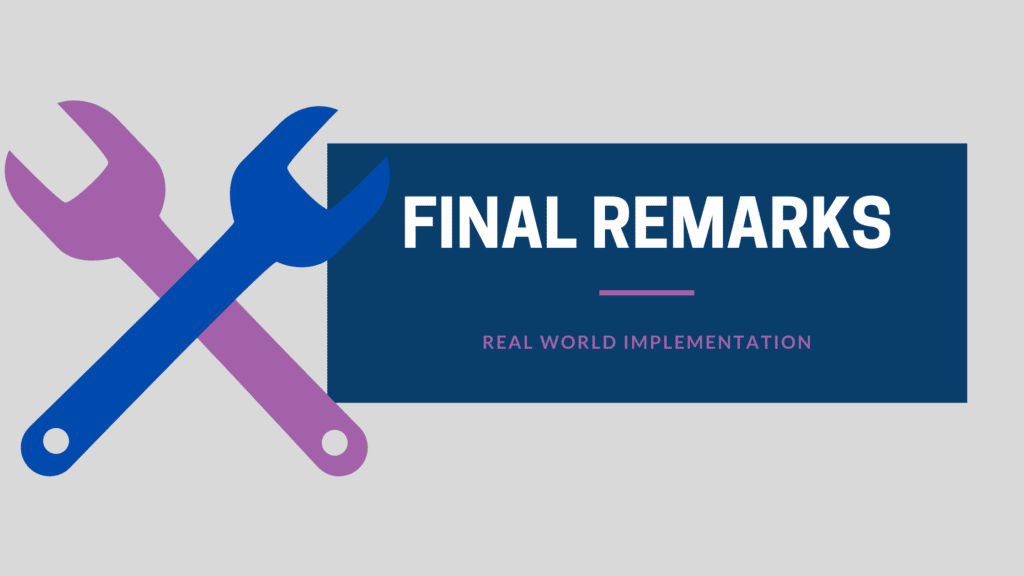
Final Remarks Regarding Global Leadership training
If you came this far in the reading, you probably could feel how powerful a global leadership training program that is well structured and supported can be. You can leverage a simple framework and make impactful business decisions. That’s how exceptional global leaders think.
If you enjoyed this post, consider subscribing to our newsletter using the form below. We focus on providing good content to global leaders who want to improve their global leadership skills, increase performance, and make impactful business decisions. We know your inbox is sacred, so we email just once per week, and we never sell your information. Trust is the basis of global leadership, and we fully honor it.
Do you also want to boost performance and engage in a global leadership training? Consider choosing us as your Executive Global Leadership partner. Contact us for custom projects!


